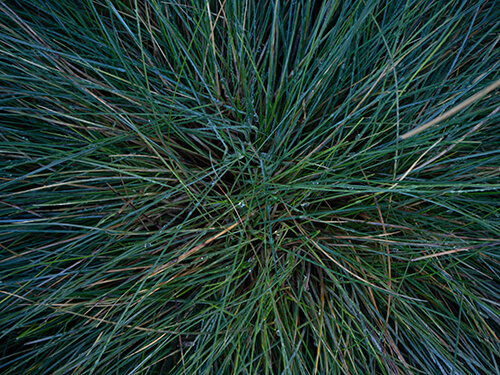Cool Season Forage Time
Aug 31, 2020

Often, our cool season forages like fescue and orchard grass are not really thought about until we are cutting hay or rotating pastures in the spring and early summer. However, now is the time we need to be very intentional about evaluating our fescue and orchard grass stands to decide what needs to be done to make our next spring hay and pasture one we that serves us well.
Here are eight tips to creating the best fescue and orchard grass stands:
Here are eight tips to creating the best fescue and orchard grass stands:
- Start with soil sampling. Until we know what’s in the bank (soil), we do not know what to do next.
- Decide which fields are in most need of renovation based on how much of the desirable forages are still productive.
- Try something new. Instead of attempting to add to or thicken the existing stand, consider starting over.
- Begin by burning down the field and removing all competition for the young grass which includes the established fescue or orchard grass. These mature grasses act as a weed for the young grass, as far as competing for water, sunlight, and nutrients.
- Burndown with glyphosate about two weeks before seeding, and apply a second application just before seeding if any green growth has returned.
- Pay special attention to rate when seeding a small area. Also be very deliberate about seeding depth by physically checking how deep the seed is in the ground.
- Don’t forget about your new stand. Once we see we are getting good germination, we often tend to forget about the stand until next spring. Do not forgot about the new seeding because after a burn down there is opportunity for lots of competition to challenge the new seedlings.
- If needed, apply a broadleaf weed control option in the late fall once young grass is established.